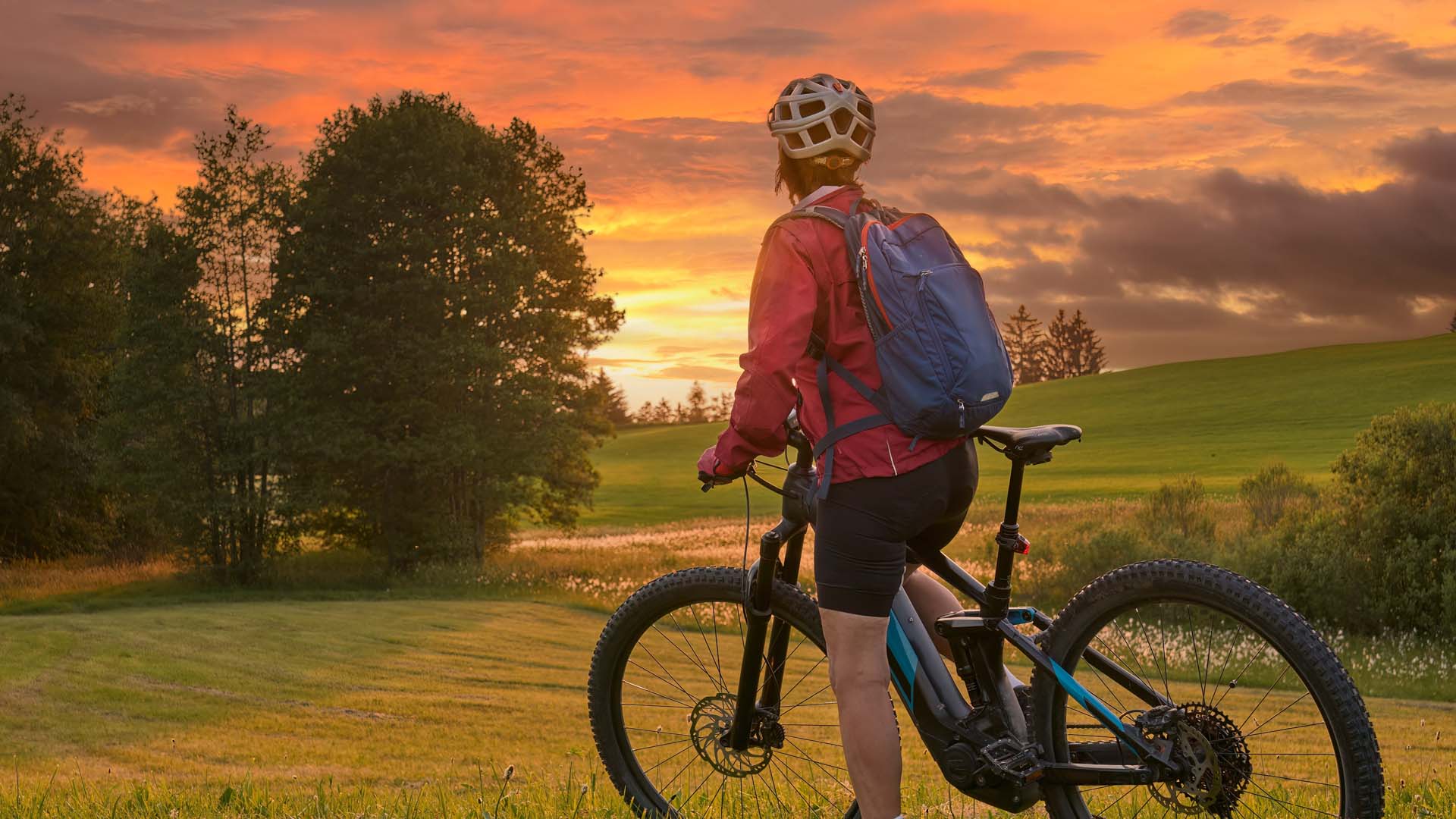
There’s a quiet revolution taking place in the cycling world, and it’s being led by older riders. Electric bikes – or e-bikes – were very much a ‘specialist’ buy before the pandemic, but the sudden focus on fitness that lockdown brought meant sales went through the roof.
More than 155,000 were sold in the UK in a year, with these sales being led by older riders.
I swore never to cycle again after having to ride a three-gear Raleigh Shopper to school every day as a child. Fast forward more than 30 years to the pandemic and I was stuck at home, unable to travel to exercise. My partner already had an e-bike and suggested I get one so that we could explore the countryside together. It was a 50th birthday present and, although it's a cliche, I haven't looked back since.
I ride it year-round. I’ve been able to explore bridleways and gravel tracks, I’ve ridden through woodlands and valleys, and I’ve even been on e-bike holidays in Dorset and Hampshire.

Sales of e-bikes have tripled in the UK over the past five years. Research by Mintel predicts that general bike sales will hit almost £1 billion in the UK this year, led by sales of e-bikes.
Despite this huge increase, we’re still lagging behind continental Europe, where there are five million e-bikes in the Netherlands alone. Mintel found that a large percentage of these sales are electric mountain bikes (e-MTBs), and another survey by British Cycling found that almost 70% of e-MTB riders are aged between 45 and 74.
With most either returning to cycling after a long break, or choosing to change from a standard bike due to health or joint issues, electric biking is a huge market and mostly powered by us older riders.
But there are still two myths to dispel, says Forestry England’s National Cycle Infrastructure Manager, Dan Cook.
Dan, who was involved in compiling the British Cycling report, points to the disdain some ‘proper’ riders give to electric bikes. He also highlights the big differences between an e-MTB and a normal, more aggressively used mountain bike.
“Electric bikes aren’t cheating," he said. "They still require physical effort, just at a manageable level, helping make cycling accessible for more people.
“The e-MTB market is also different to the standard mountain bike market. Most people buying e-MTBs aren’t wanting to do death-defying descents or jumps. They are buying them to explore the countryside, go out on social rides with friends or family, or use them to continue riding when health issues mean they can’t ride a standard bicycle any more.”

British Cycling’s Official and Off-Road Leadership Lead, Ben Creed, added: “Cycling participation in e-MTB has skyrocketed in recent years. It's becoming increasingly accessible to the wider population.
"The volume of e-bikes and e-MTBs is already significant and it's growing quickly.
"We know that they support many riders in becoming more active, and that they're a lifeline for those who might not otherwise be able to ride."
E-MTB cyclist John Threlfall, from Lancashire, bought his e-bike five years ago. He says: “In the early days, I got used to being called a cheat by traditional cyclists, but I reckon I was doing more riding than they were.
"I used to meet up with a guy in his 90s who said that if it wasn’t for his e-MTB, he would've had to give up cycling years ago."

We asked Cook what the benefits of an electric bike are, compared to a lighter and cheaper ‘standard’ bicycle. He gave us his top reasons you might go all-electric:
Electric bikes provide more fun without the physical demands of a standard cycle. Of course, you still need to pedal, but the motor assists you. This ensures that you can still get up that hill to enjoy the views at the top.
The benefits of being outdoors, of riding in the countryside and of being with others, are well documented.
Our research discovered that most electrically powered mountain bikers are looking for low-key, more social rides. E-MTBs help people to start riding and keep riding with family and friends. So, as mobility decreases for whatever reason, you can still easily keep up.
E-MTBs by their very nature help support those with some disabilities, particularly around strength.
There are also adapted e-MTBs available for those who have other requirements. Featuring more than two wheels, they can help with balance. Some versions are pedalled by hand, extending their inclusion and really making sure that nearly everyone can come along.
E-bikes certainly aren’t perfect, and there are a few issues you need to consider before buying one.
An e-MTB is an investment buy. The cheapest start at around £1,000, and you can spend more than £10,000 on models with full suspension. On top of that, you’ll want to insure your bike, either individually or through your home insurance. This could cost up to £300 a year for a top-of-the-range model.
Your e-bike will need an annual service. With a traditional bike, you can save money by learning how to do it yourself, but an e-bike needs its motor servicing and software updating every year. This can cost around £100.
E-MTBs usually weigh between 20 and 25kg, and that’s a lot of weight to lift or carry if you need to pull it over a stile or fence. It also means that if you want to drive your e-MTB to beauty spots to cycle, you’ll either need a van or a heavy-duty bike carrier.
Bike carriers range from £75 for a single bike, to £250-£500 for a two-bike towbar-mounted carrier. The industry is responding to this weighty issue by introducing lighter models, but you'll pay the price with a smaller battery and motor, equating to less help when you cycle.

You can’t expect to use the highest power on your motor and go for miles. Just remember that your e-bike’s battery will need charging sooner than you might think, depending on your level of investment.
Manufacturers quote anything from 20 miles to 100 miles, with Cycling Weekly saying around 60 miles is average. However, your range will vary depending upon the type of terrain you are travelling over and how much you use the motor to assist you.
Just remember to keep an eye on the battery gauge, as you don’t want to run out (like I did once). The bikes are very heavy to pedal home unassisted!
Hire an e-MTB to find out if you enjoy it
You can hire them at many Forestry Visitor Centres run by Forestry England, Natural Resources Wales and Forestry and Land Scotland. These centres often have facilities including parking, toilets and a café for the all-important after-ride cake.
Hire an e-MTB from a private hire company
A Google search will help you find the closest one to you, although do use a site like TrustPilot to make sure the brand is reputable. Also shop around for the best deal.
There are standard grades for forestry trails across Great Britain, so make sure you read up and assess the level you’ll need.
Green is the easiest and family friendly; a good one to start with. Blue is the next level up and ideal for when you have built some confidence and experience. Red and Black grades are for very experienced and adept riders.
Martin Astley is from Bike Park Wales. The UK’s biggest mountain bike park at 1,200 acres, it attracts around 90,000 visitors a year. Martin says it’s seen a boom in numbers of e-MTB riders at the park.
“Be careful,” he warns. “If you try one, you will want to buy one. We rent them here at the park, so that’s a great way to try before you buy. We also offer e-MTB coaching courses on Kermit, our new beginner trail.
“I know a lot of riders who have switched to e-MTBs as they’ve got a bit older. It means they can keep getting plenty of riding in without it being so intense physically.
"Equally, though, e-MTBs have brought loads of new riders to the scene. People who may have found traditional mountain biking too hard are discovering that e-MTBs make it accessible, which is just great.”
If you’re looking to get started with electric mountain biking and have hired or bought a bike, Cook says these are the key things you’ll need to think about:
Susan Jerham from Leicestershire runs an e-bike holiday business especially for the over-50s.
She says: “Our business has absolutely snowballed. Most of our clients are in their 70s, and we tailor the rides from 20 to 30 miles a day to fit their needs.
“Quite a few of our guests are using their holiday to trial an e-bike. I love seeing the smile on their face as they get used to the helping hand of the motor. They love the freedom that an e-bike gives them.”
Cook has these tips for people looking to get back in the saddle after a long time off, or try an electric bike for the first time:

Nigel Leppard, from the Isle of Wight, bought an e-MTB during lockdown instead of a new motorbike.
He says: “I was 61 years old and would never have bought a standard bike. But it's been an absolute revelation. I’ve lost weight, got fit, made new friends and explored parts of my local area that I'd never seen, despite having lived here for 60-odd years. It's been a total life changer for me, and I would say to anyone thinking about getting one to go for it.”
There's never been a better time to join the electric bike revolution, so head to your local bike-hire shop, strap on your helmet and go!
Phillipa Cherryson is senior digital editor for Saga Magazine. Phillipa has been a journalist for 30 years, writing for national newspapers, magazines and reporting onscreen for ITV. In her spare time she loves the outdoors and is an Ordnance Survey Champion and trainee mountain leader.
View author page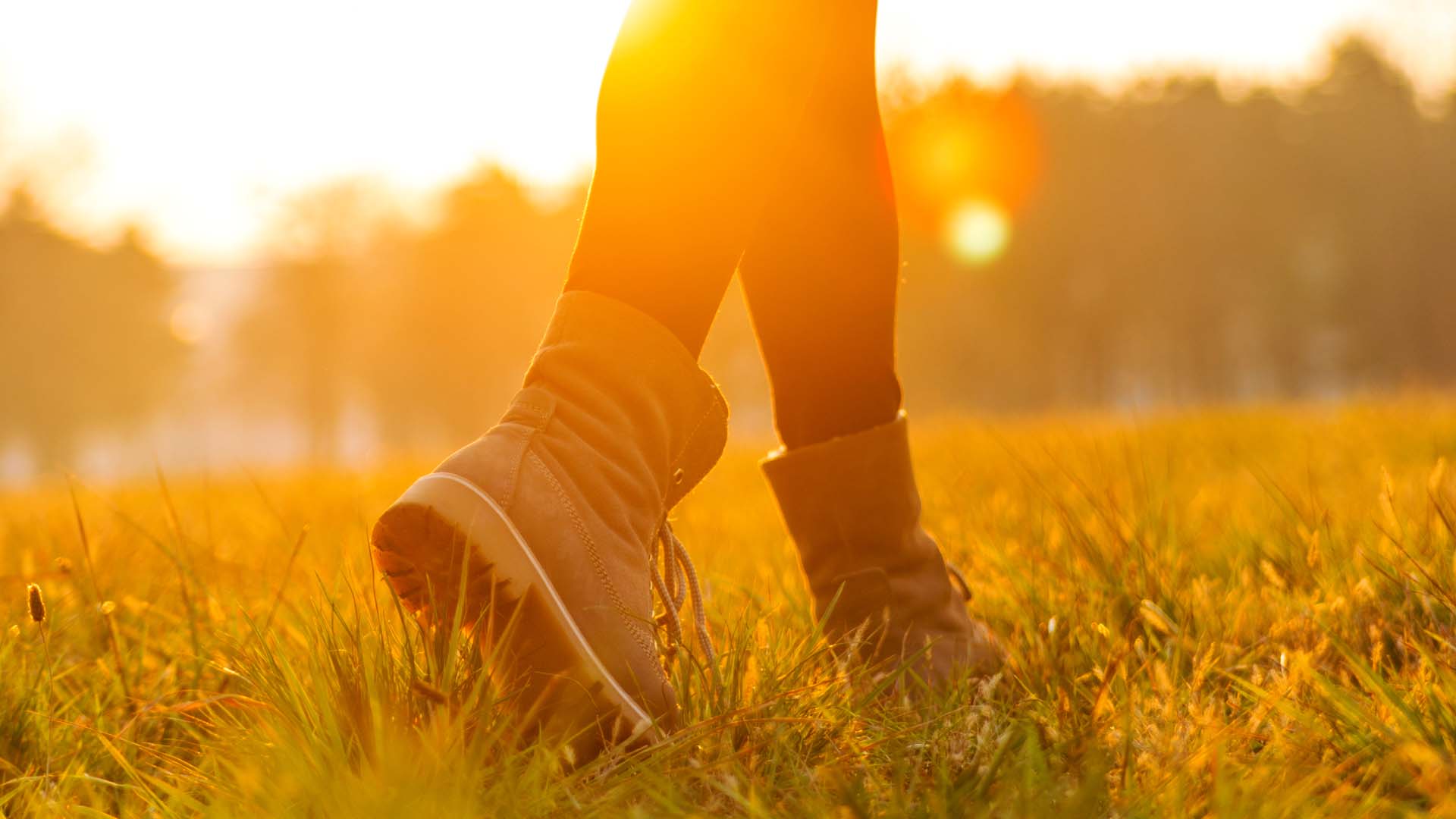

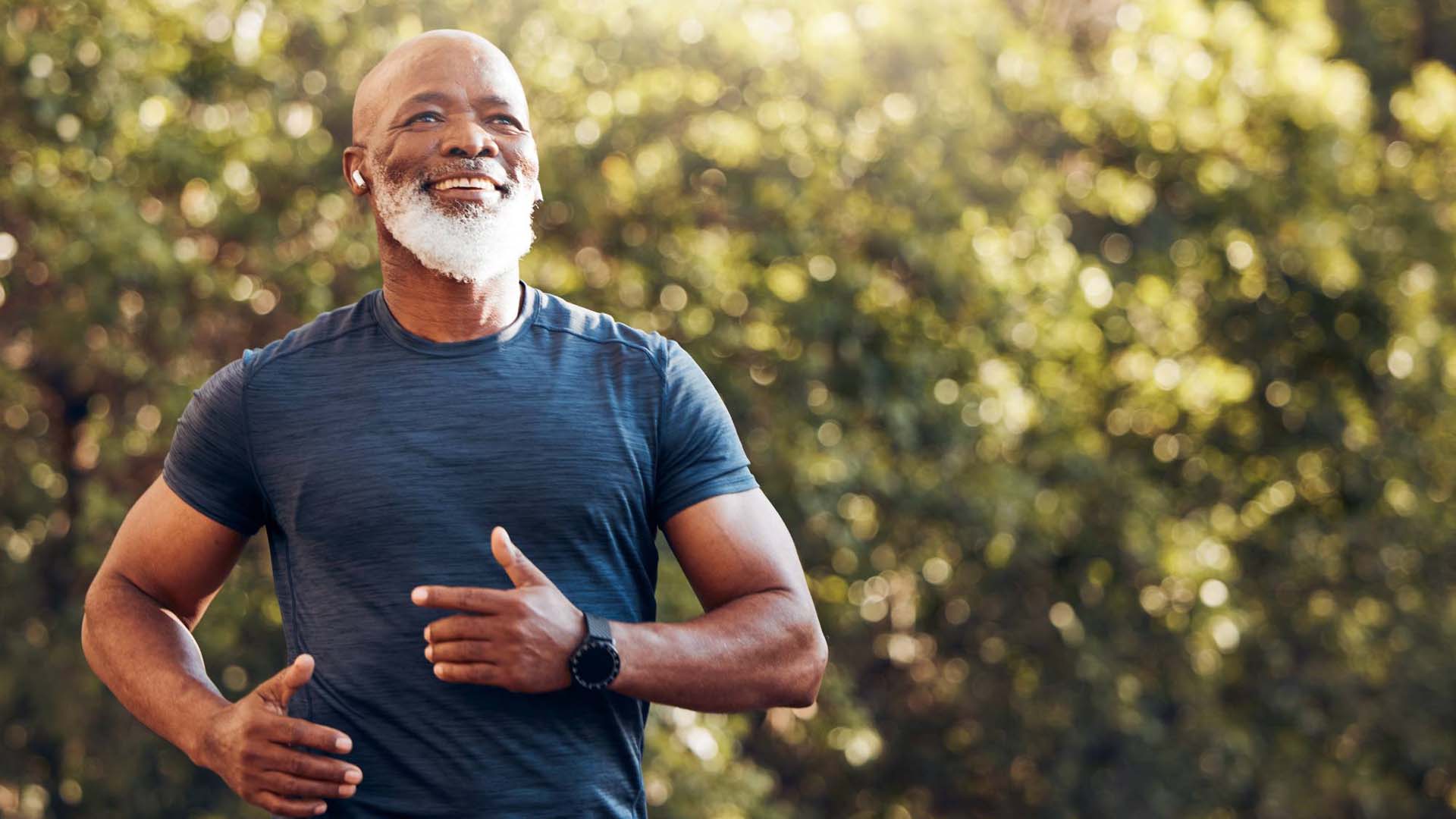
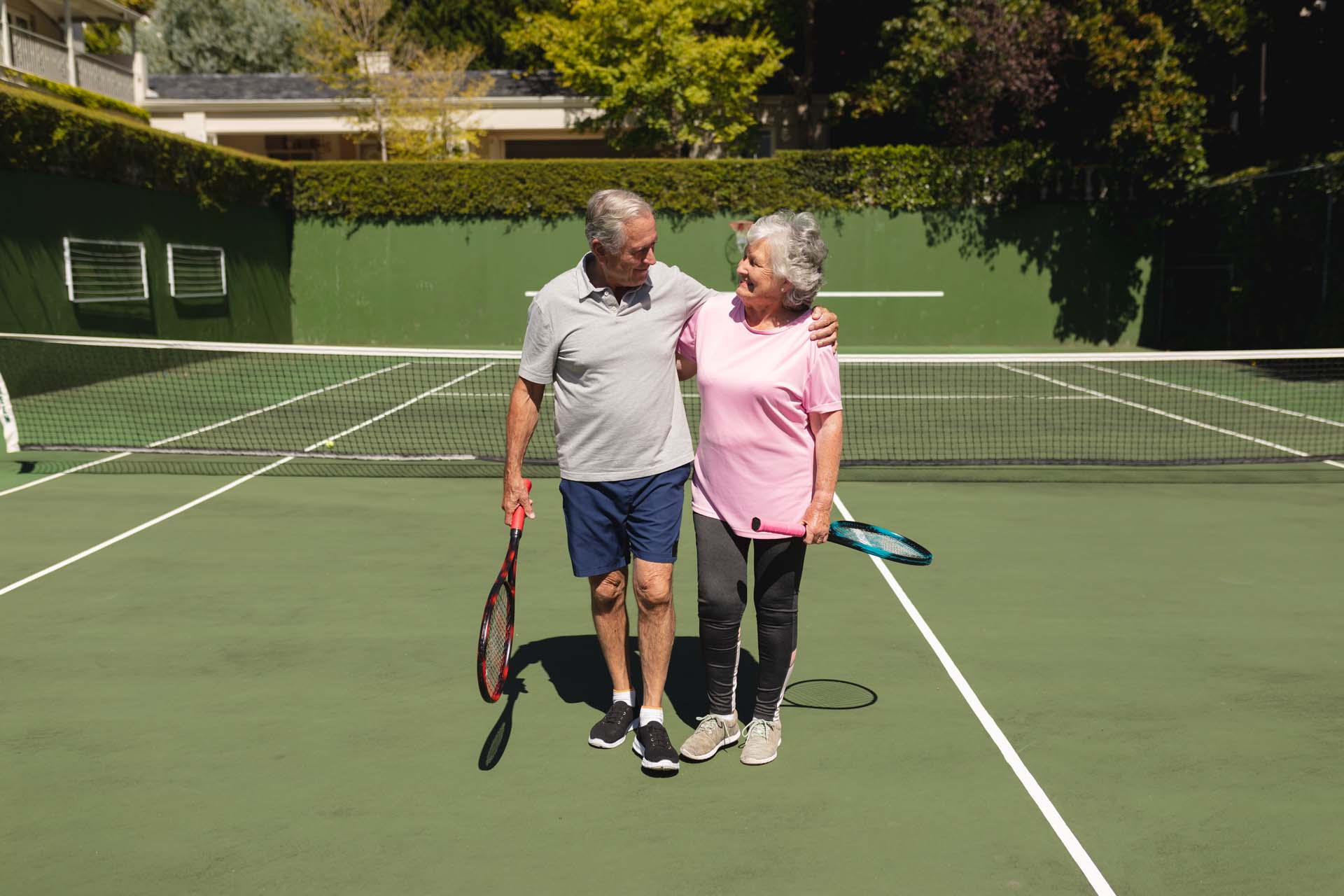

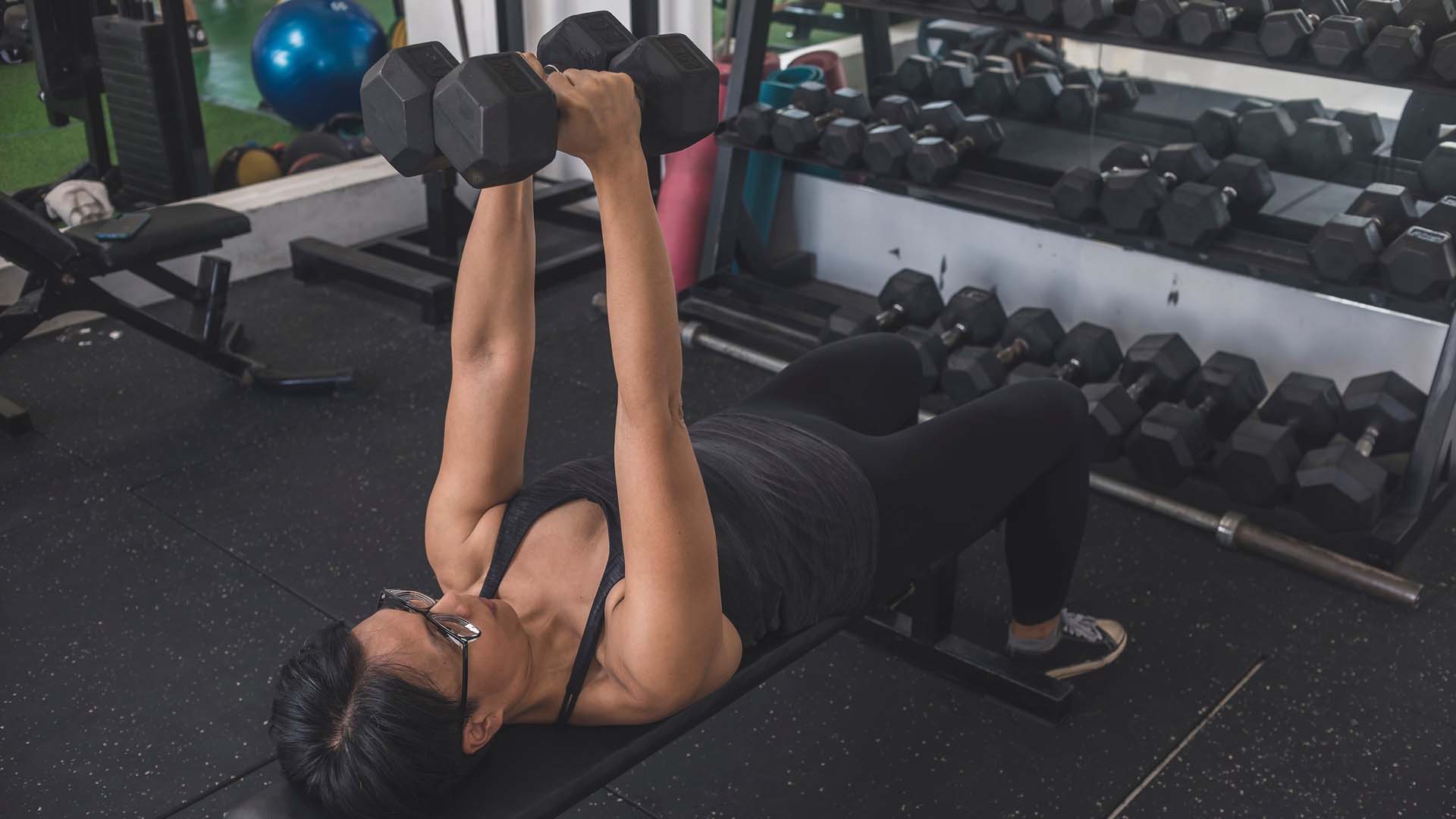
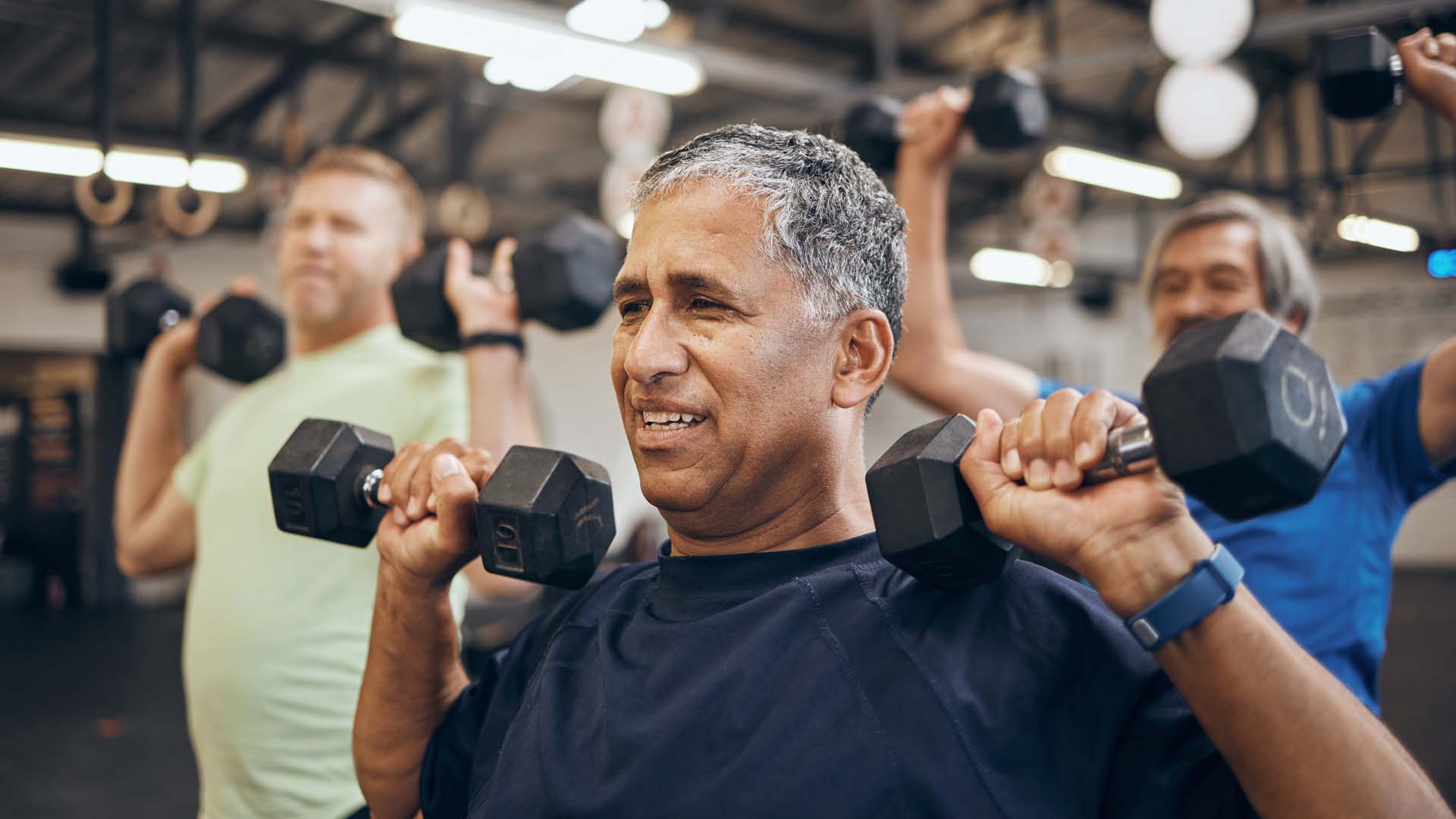
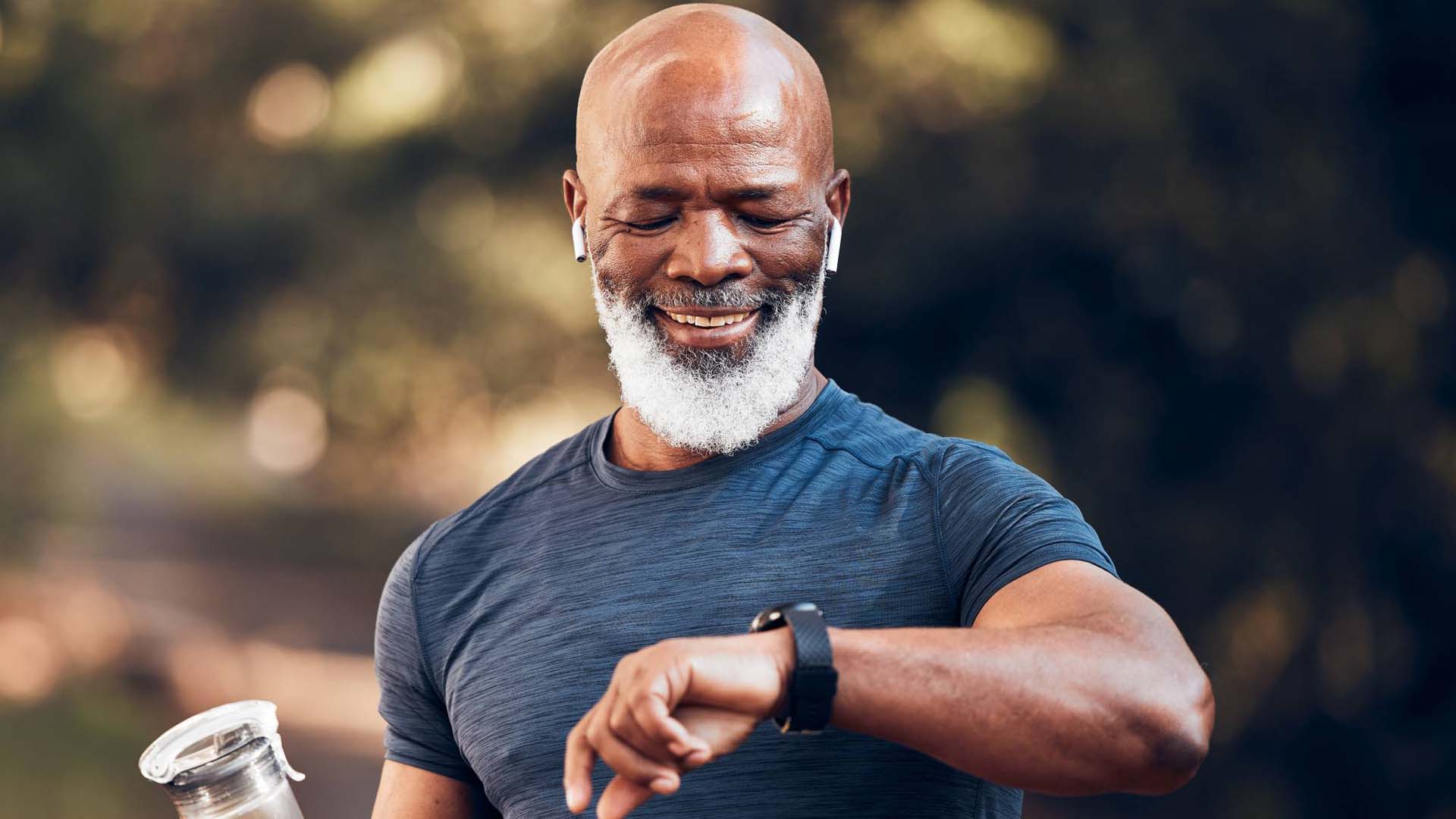
Your questions answered about what really is a good 5k time.